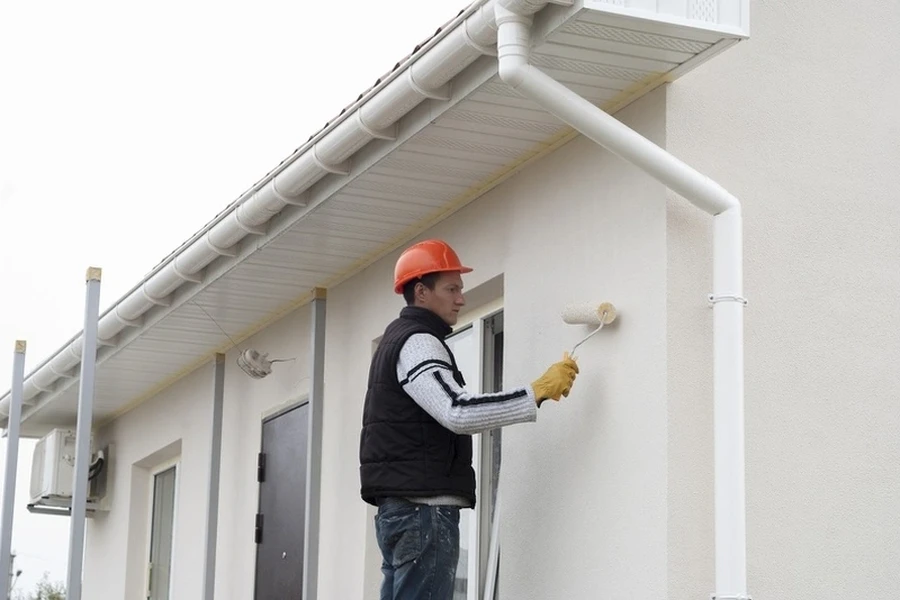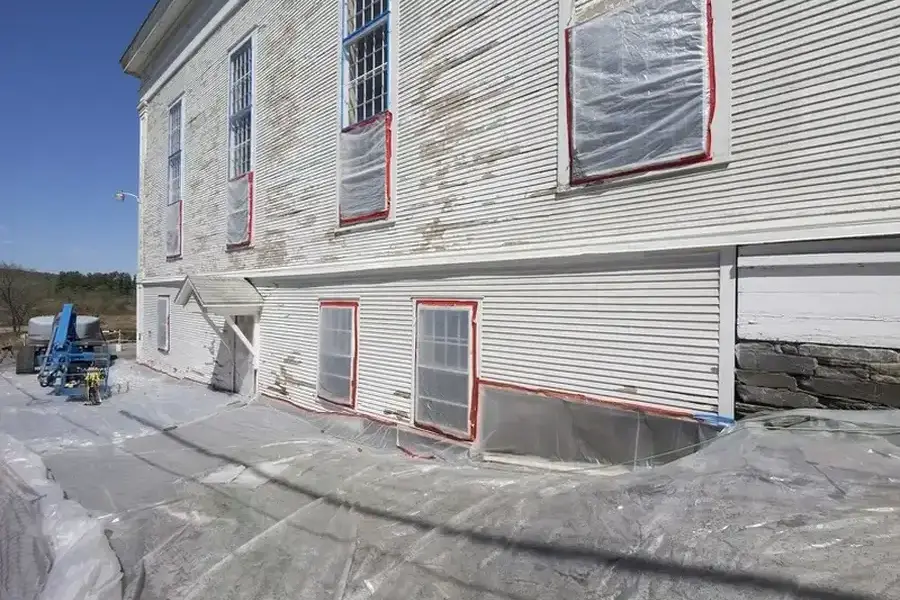Choosing Ideal Climate for Optimal Paint Results
When planning a painting project, weather conditions play a critical role in determining the outcome. The right weather can ensure that paint adheres well and lasts longer, while poor weather can lead to issues like peeling or blistering. Understanding what constitutes optimal weather conditions can save time and money by preventing common painting problems. This guide delves into key aspects of choosing the best time for such projects.

The Impact of Temperature
Temperature is one of the most crucial factors when it comes to exterior painting. Paints have specific temperature ranges for proper application, usually between 50°F and 85°F. Painting outside this range might result in improper drying, leading to a patchy appearance. Warm days with steady temperatures are ideal as they allow the paint to dry evenly.
Humidity Levels Matter
Humidity levels also significantly affect exterior painting projects. Too much moisture in the air can slow down drying times and cause the paint to crack or peel over time. Ideally, a humidity level below 70% is optimal for painting. If you’re considering exterior painting, checking weather forecasts for upcoming low-humidity days could make a substantial difference in your results.

Wind: Friend or Foe?
Wind can be a double-edged sword in exterior painting projects. On one hand, a gentle breeze helps with faster drying; on the other hand, strong winds may carry dust and debris onto wet paint surfaces, ruining the finish. Choosing a calm day with minimal wind ensures a cleaner and more professional look.
The Importance of Timing
Timing extends beyond the choice of day-it includes the time of day you choose to paint. Early mornings or late afternoons are excellent choices because these periods often offer stable temperatures without harsh sun exposure. Midday heat can cause paint to dry too quickly, resulting in brush marks and an uneven sheen.
Seasonal Considerations
Each season has its pros and cons for exterior painting projects. Spring and fall typically provide moderate weather conditions suitable for painting. Summer can be challenging due to high temperatures, while winter poses problems with cold and dampness. Planning your project around seasons known for milder weather will increase success.
Checking Local Forecasts
Your local forecast is an indispensable tool for planning any outdoor painting endeavor. By monitoring upcoming weather patterns, you can pick a period where conditions align perfectly with your project’s needs. Sunny skies, mild temperatures, and low humidity can greatly enhance your end result.
Final Tips for Success With Your Painting Project
To maximize the lifespan of your paint job and achieve the best aesthetic results, it’s essential to consider all weather-related variables before starting. Consistent temperatures, low humidity, and light winds are ideal. If you’re in Winston-Salem, NC and need expert help, call us at (336) 296-4331. At 3 Brother's Drywall & Improvement, our experts ensure your project meets industry standards and exceeds expectations.